We recently posted an article about Fede Ponce’s latest passion project, Sebastian: The Slumberland Odyssey. In the video below, Fede explains how he created the elaborate dream world in which the story takes place.
Read Transcript “What Software Was Used to Create the World of Sebastian?”
Federico: So, that’s like the live action part of it which was very complex. But it is nowhere close as complex as to the CG part of it. The CG part of it is a beast. I was working with people in Vancouver, I was working with people in New York. I was working with people in India, da da da, and eventually, you know, some of them were my friends, so they would jump in an help for a little bit and then they would have to go back to work and then I would have to do it myself. So it was a process.
Federico: So project management is extremely important when you’re doing a project like this. One of the programs that I used called Maya, it’s Autodesk Maya. Autodesk is the maker. And Maya is very powerful. It’s a sculpting, 3D, modeling, well, sculpting, I meant modeling. Sculpting they have MobBox for that which is great. You know, if you want to do a creature, high resolution creature, then you’d go in MobBox.
Federico: So then you have Maya, and Maya’s like this giant program. You can do animation you can do particles, you can do dynamics, but what’s really great about it is it uses Python and MEL which are programming languages. If you learn them, which are not, they’re not had at all. You know, it’s tedious, but it’s not hard. If you learn them you can write your own tools within Maya, which is fantastic.
Federico: So part of the project management was writing a program, very small, nothing complex, that would create the right folder structure for all the shots and that would output the necessary plates for the artist to work with so that at any given time I could be like, okay, I know, you know, Jeremy’s working on this shot, Ricky gives it backup. Coming into this folder and you just keep track of everything that way, so Maya was really, really good for that.
Federico: When, I used Buju and PFTrack to track the live action plates and create the 3D world. So what we did with that is you know, when you’re shooting grid space stuff and you’re going to make, you’re going to build a digital set afterwards, you need to make sure you’re visual effects supervisor is taking all sorts of notes, all sorts of measurements, what are the distances, what kind of lens are you using? Do you have markers on your screens? All that stuff, because when all that stuff is translated into Maya, you can input all that stuff into your camera in Maya so you can mimic a real world camera and the camera in Maya. Which is phenomenal.
Federico: Then you can take a tracking program like Buju or PFTrack and then what these programs do, is they look at the data, they look at the flat image, right, and as a flat image moves it calculates the parallax based on the speed of the movement of those pixels. So it creates that, so then you import that point, it creates points, you import that point data into Maya and now you have your digital set. And that’s what we did for Sebastian.
Federico: We tracked and we measured and we had all the camera specs and all that, and so there’s a beautiful scene where Sebastian is confronting one of the Loldegy, that’s one of the monsters, with his pillow, because his pillow is where his magical powers are, and he takes this giant jump. And what we did is, when we created that shot, I knew that that’s what I wanted, so I had separate markers and I had some distances marked out and I knew sort of where this monster was going to be, the height and all of that and we shot that a very, very, very high speed rate, frame rate, so that we could have a lot of frames to play with and speed the animation up or slow it down as needed. So we shot that took it into PFTrack, brought into Maya and then created one of the shots that you’ll see in the trailer.


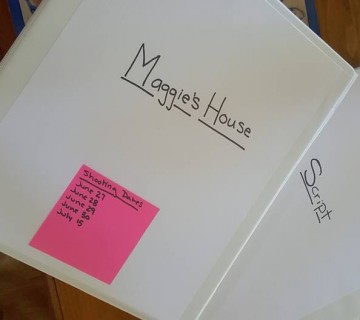
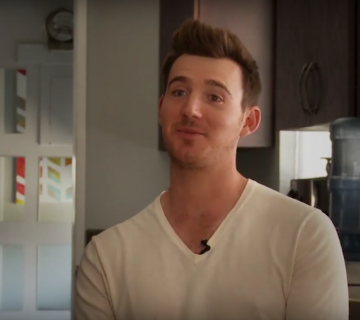
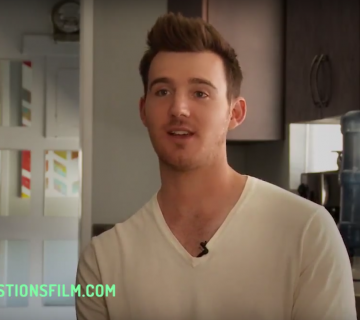
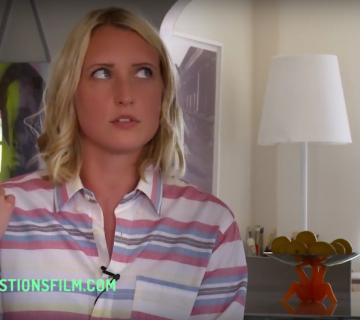
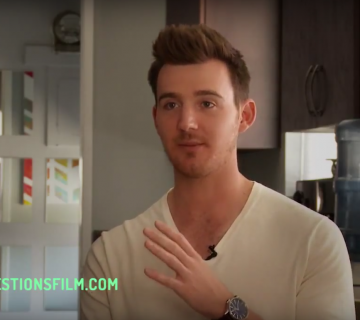
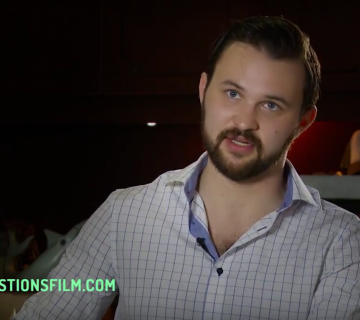

Join the Conversation →